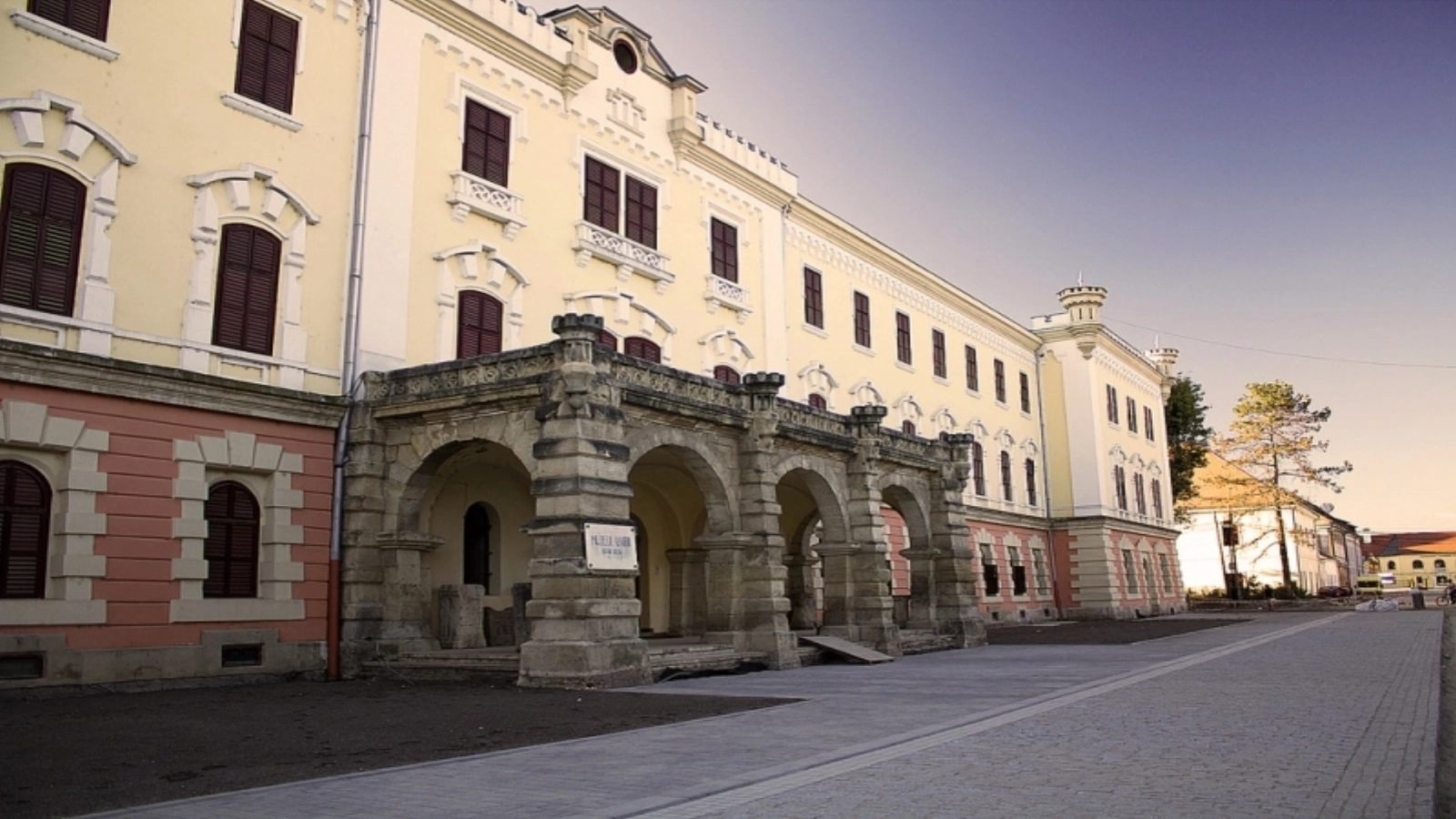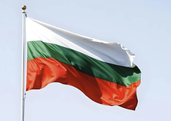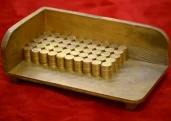Several unique pieces for the former province of Roman Dacia, such as a bronze vessel, which belongs to the balsamarium (incense burner) category, a bronze fibula (brooch or pin for fastening garments) decorated with two horses or an iron scythe, were discovered by archaeologists with the National Museum of the Union (MNU) in the 2,200 square meter expansion area of the municipal cemetery in central-western Alba Iulia.
"As many as 56 archaeological complexes were found. Of these, 19 are funerary complexes, tombs dating from the Roman period, especially cremation tombs. Five are burial burials," archaeologist George Bounegru told a press conference on Tuesday, agerpres reports.
The discoveries fall chronologically into several historical eras. The earliest belong to the third phase of the Cotofeni Culture, dating to around the beginning of the 3rd millennium BC, and the most numerous finds belong to the Roman period.
In one of the cremation tombs, the funerary inventory discovered included a clay vessel, a bronze vessel, a blush box from which only the metal (bronze) furnishing elements and its bronze key were found, a gold earring, a Roman Republican denarius pendant to which two gold tortillas were attached, and a number of six gold beads. Adjacent was another tomb which also had in its inventory a gold earring and the remains of a similar box. The graves were grouped by family and dated with coins in the Legio XIII Gemina phase.
George Bounegru said that a bronze vessel unique to the Province of Dacia was found, a globular balsamarium, with anthropomorphic decoration, but also other special pieces, such as gold pieces.
Both the bronze vessel, unique in the landscape of the Apulum site funerary finds, and the gold pieces are likely to be part of the Treasury category, and the classification procedure has been started.
The archaeologist Ilie Lascu said that the gold pieces were scattered, along with the bones, throughout the tomb.
Also unique for the Roman province Dacia and for which no similar items have been found so far in the empire, is a bronze fibula on which two horses are represented at the ends. "There are other pieces on which a single horse is represented, but we have not found two horses in the bibliography," said Lascu.
Another unique piece for the Apulum site and extremely rare in the landscape of archaeological finds in the Province of Dacia is a whole scythe, very clearly dated to the mid-3rd century, based on a bronze coin mixed with silver from the time of Emperor Philip the Arab (244-249 AD), the two archaeologists said.
Also from the Roman period, from the first half of the 2nd century BC, two pits have been documented filled with a large quantity of ceramics. Several dozens of pots belonging to the whole range of Roman pottery have been reconstructed from the shards.
































Comentează